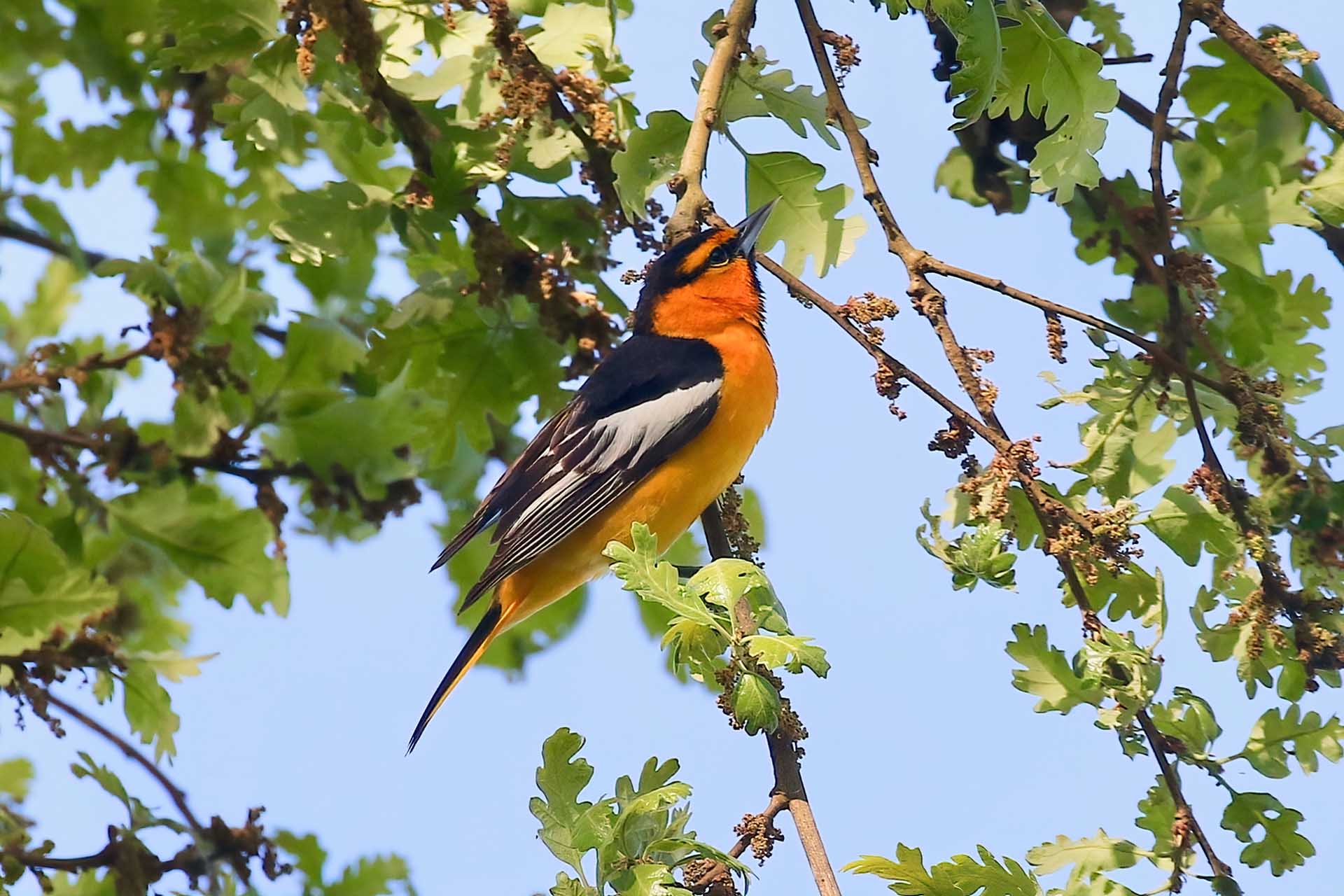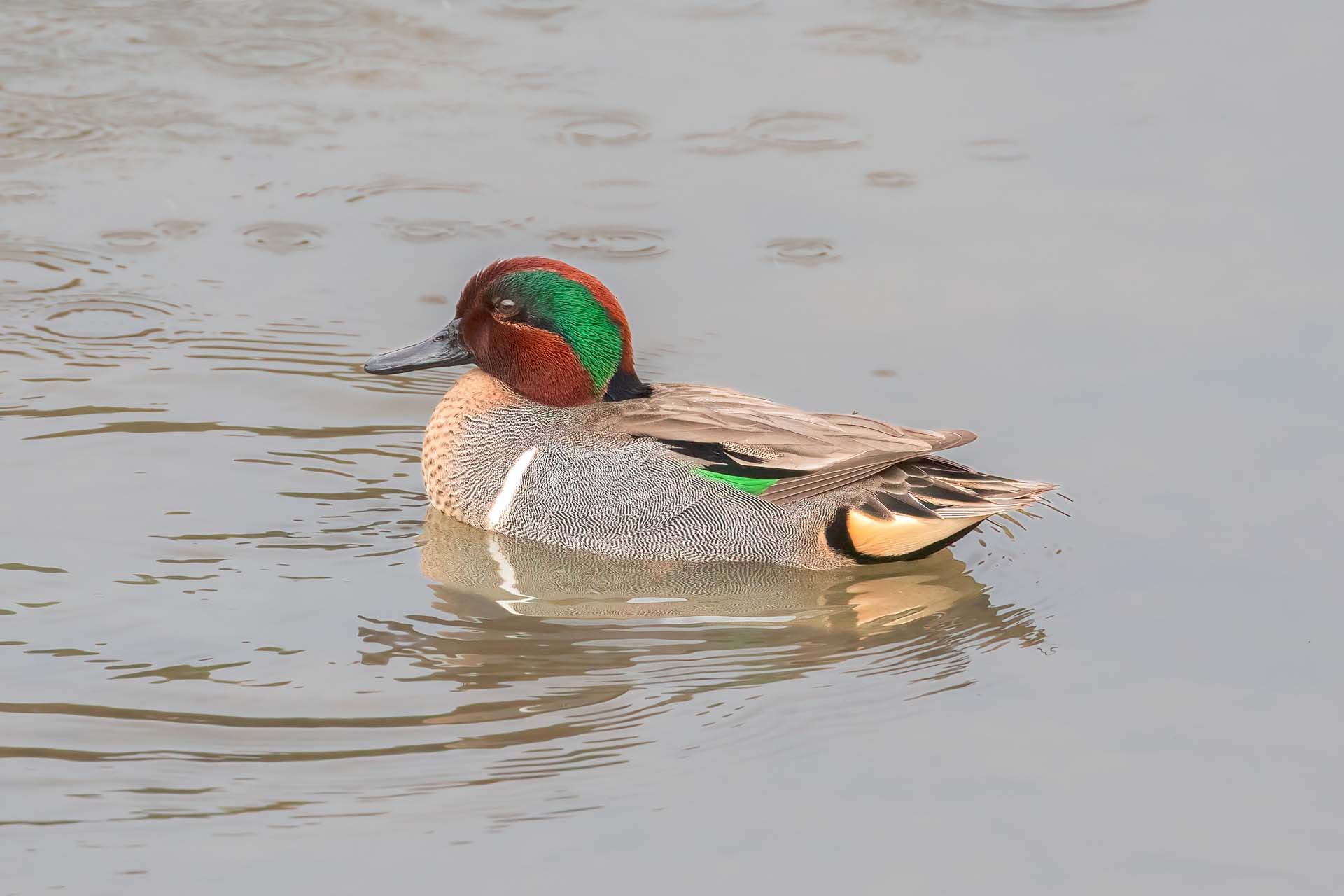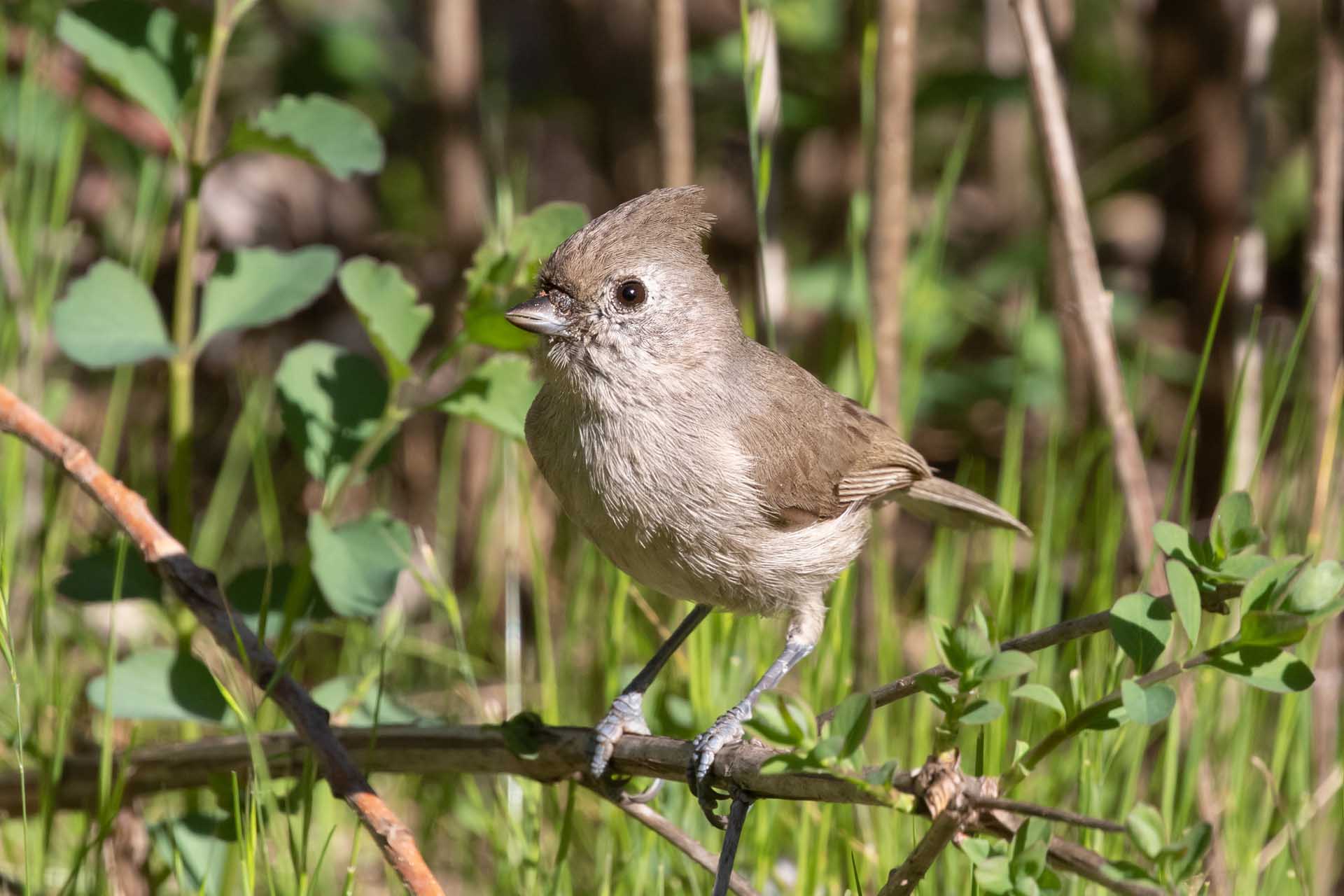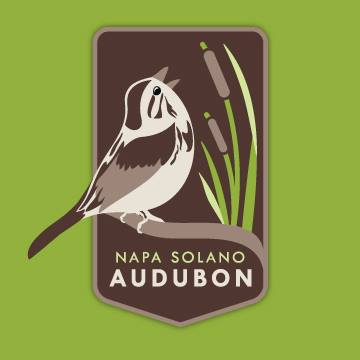Lagoon Valley Park
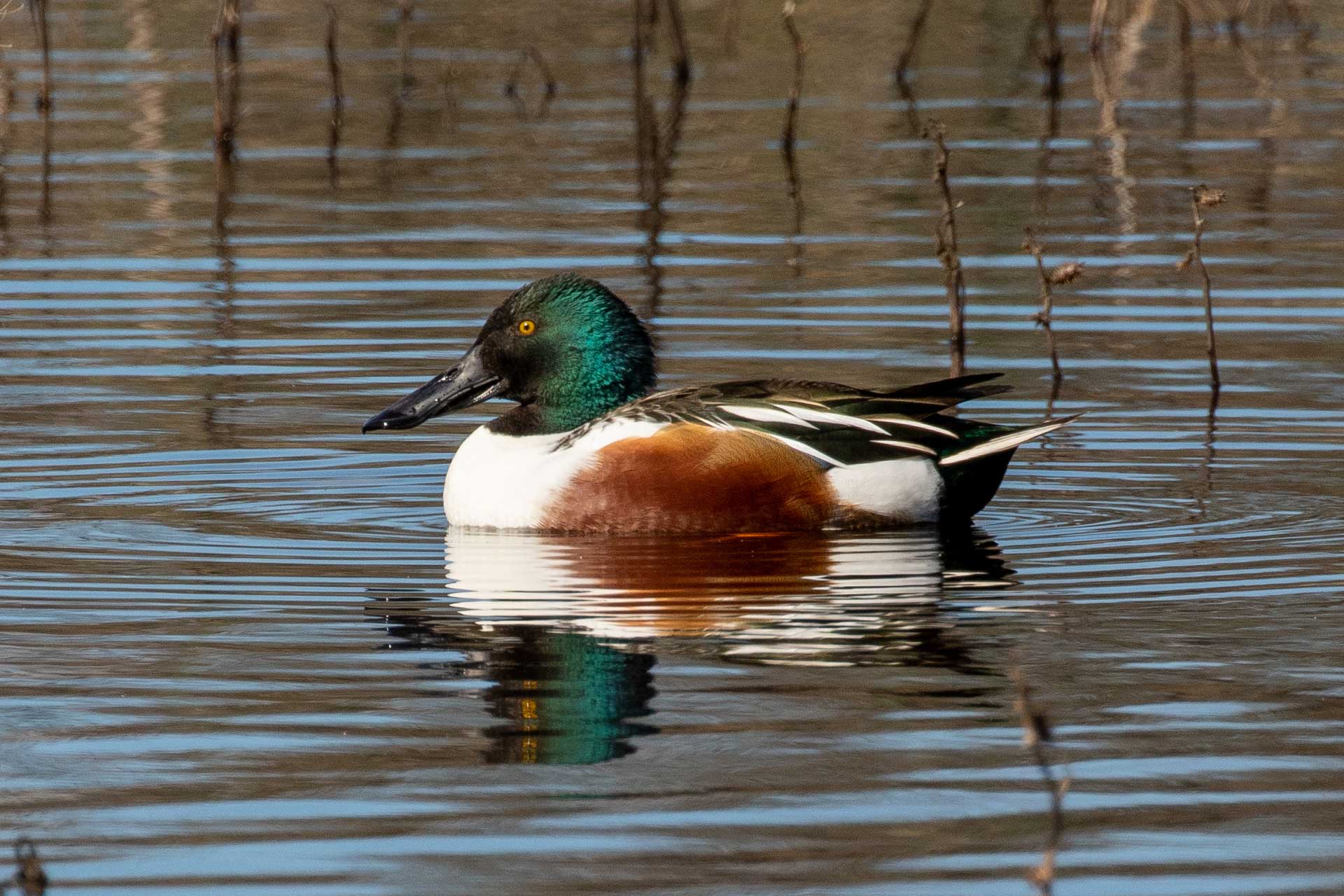
Lagoon Valley Park is a 306-acre scenic park located off from Pena Adobe Road in Vacaville, and home to a wide variety of outdoor activities. The park includes a 100-acre lake and a number of walking trails that lead to several small groves (Hume, Rotary, and Hospice Groves) and miles of multi-use hiking, equestrian, and biking trails that provide public access into several hundred acres of adjoining Open Space.
Common Residents and Breeding Birds:
Canada Goose, Mallard, Gadwall, Wood Duck and Common Merganser are found on the river. Domesticated Peacock, Anna’s Hummingbird, California Quail, Wild Turkey, Acorn, Nuttall’s and Downy Woodpeckers, Great Blue Heron, Great Egret, Bewick’s, House, and Marsh Wrens, Cliff and Tree Swallows, Black Phoebe, Ash-throated and Western Flycatchers, Oak Titmouse, White-breasted Nuthatch, Brown Creeper, Bushtit, Hutton’s Vireo, Phainopepla. Song Sparrow, California and Spotted Towhees, Wilson’s and Orange-Crowned Warblers, Bullock’s Oriole, and Black-Headed Grosbeak are commonly found along the river edges and in the Oak Woodlands in the park. In some years, Lewis’s Woodpeckers breed along the creek and are seen perched in trees along the river’s edge. On occasion one can hear Western Screech and Great Horned Owls calling at night.
Migrants: Fall Migration brings a variety of ducks to the lagoon including Canada Goose, Green-winged, Blue-winged and Cinnamon Teal, Northern Shoveler, Gadwall, American Wigeon, Northern Pintail, Ring-necked, Ruddy and occasional Redheads. Pied-billed and Eared Grebes as well as American Coot, Common Gallinule, Virginia Rails, Snowy and Great Egrets, Great Blue, Green, and Black-crowned Night Herons, can be seen and heard along the marsh edges. Killdeer, Long-billed Dowitchers, Greater Yellowlegs and Least Sandpipers frequent the mudflats. Osprey, Red-tailed, Red-shouldered and passing Coopers and Sharp-shinned Hawks can be spotted in the sky or speeding through the oak groves. The Oak groves host a number of Western passerines during migration including Western Wood-PeWee and Willow Flycatchers, Black-throated Gray, Nashville, MacGillivray’s, Orange-crowned, Yellow and Yellow-rump Warblers and Western Tanagers. You can often spot a Say’s Phoebe feeding on the slopes and White-crowned, Golden-crowned, Lincoln’s and Fox Sparrows overwinter along the trail and in brushy areas.
